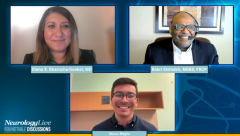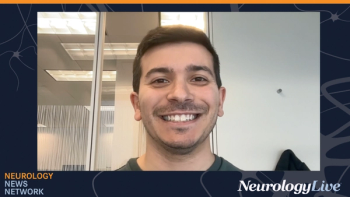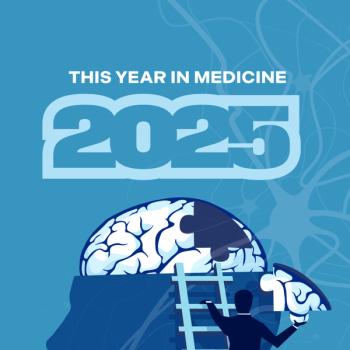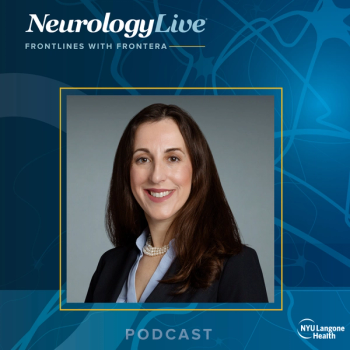
SMA Treatment Today: How New Therapies Are Changing Care Guidelines

In episode 1, panelists explore the evolving SMA treatment landscape, highlighting updated best practices shaped by new therapies, newborn screening, and international expert consensus.
Episodes in this series

Spinal muscular atrophy (SMA) is an autosomal recessive disorder caused by mutations in both copies of the SMN1 gene on chromosome 5q, occurring in about 1 in 15,000 live births. In the U.S., carrier rates vary by ethnicity, from 1 in 47 among White individuals to 1 in 72 among African Americans, with detection rates of 94.8% and 70.5%, respectively. SMA leads to the dysfunction and irreversible loss of alpha motor neurons in the spinal cord and brainstem, resulting in progressive muscle weakness and atrophy.
Earlier this year, Cure SMA, an advocacy group dedicated to advancing the care of patients with SMA, put out a new best practices guideline on decision-making between healthcare providers (HCP) and patients and caregivers in North American and Western Europe. To better translate the latest updates, NeurologyLive® convened study authors Diana Bharucha-Goebel, MD, a clinical neurophysiologist at Children’s National, and Bakri Elsheikh, MBBS, FRCP, a professor of neurology at The Ohio State University Wexner Medical Center.
In this episode, Bharucha-Goebel and Elsheikh discussed the transformative changes in the treatment landscape for SMA over the past decade, including the advent of three FDA-approved disease-modifying therapies and the nationwide rollout of newborn screening in the U.S. They explain why an updated consensus on best practices was needed, highlighting how the group combined systematic literature review, international clinician input, and patient and caregiver perspectives to address the evolving care needs of SMA patients, from presymptomatic infants to older individuals.
Transcript edited for clarity. To visit the 2025 Cure SMA Update in Best Practices,
Marco Meglio: To start, can you give us some background on these updated best practices for SMA treatment? Why was this group convened, and more broadly, how have SMA treatment practices evolved in recent years?
Diana Bharucha-Goebel, MD: Absolutely. The treatment landscape for SMA has shifted dramatically over the past decade. We now have three FDA-approved, disease-modifying therapies for SMA in children. On top of that, newborn screening is now available in all U.S. states as of 2024. These advances have changed the way patients come into our care—whether it’s newborns, expectant families, or older individuals. This consensus group came together to address how we manage these patients in the context of new treatments, particularly for those who are presymptomatic or newly diagnosed. We also wanted to emphasize the continued importance of multidisciplinary care when discussing potential outcomes and monitoring ongoing health needs.
Bakri Elsheikh, MBBS, FRCP: I completely agree. The last best practice recommendations were published in 2018, and since then, we’ve seen major changes—not just in terms of available therapies, but also in real-world experience with SMN-enhancing treatments. What makes this update unique is that it combined a systematic literature review with a formal consensus process that included U.S. and European healthcare providers as well as input from patients and caregivers. That combination made it a particularly valuable and much-needed effort.
Newsletter
Keep your finger on the pulse of neurology—subscribe to NeurologyLive for expert interviews, new data, and breakthrough treatment updates.





















